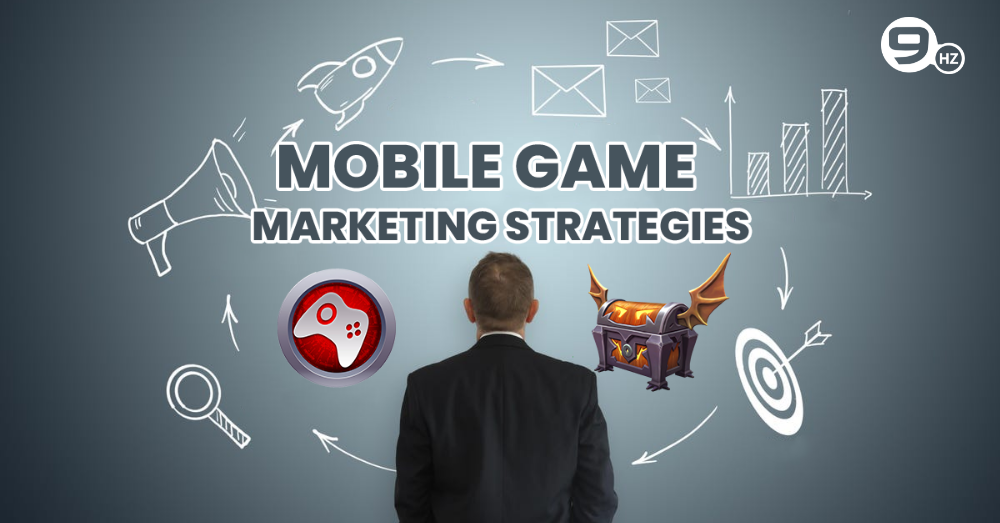The mobile game development landscape is dynamic and ever-evolving, characterized by rapid technological advancements and rapidly shifting user preferences. The sector involves designing, creating, and distributing video games for mobile platforms like smartphones or tablets. Meanwhile, monetization strategies stand as a cornerstone to its sustainability.
These strategies, which involve deriving income from games, are vital in maintaining the financial health of any mobile game development company and ensuring continued innovation. An effective monetization strategy not only boosts revenues but also helps to balance profitability and player satisfaction, making it integral to the game development lifecycle. In this article, we explore the main monetization strategies and their expediency for various gaming projects.
Types of Monetization Strategies in Mobile Game Development
In-App Purchases
In-app purchases are transactions made within a mobile game to acquire additional content or features. These can range from unlocking new levels to purchasing virtual goods or currency. This strategy enables continuous revenue generation post-download. However, it can also risk player dissatisfaction if perceived as pay-to-win. Clash of Clans and Candy Crush Saga exemplify successful in-app purchase implementation, having found a balance between offering free content and premium, purchasable add-ons. These games have effectively created a player base willing to spend on enhancing their gaming experience, thus driving substantial revenues.
Subscription Models
Subscription models entail players paying a regular fee, typically monthly or annually, to access a game or its premium features. This recurring revenue stream offers stability for developers. However, it necessitates continuous content updates and superior service to justify the ongoing expense for players. One successful implementation is the Fortnite Crew subscription in Fortnite, offering monthly V-Bucks (in-game currency), exclusive outfits, and Battle Pass access. Another example is the Pokémon Go Trainer Club, providing benefits like early access to new features. Both have effectively maintained player engagement and built a loyal subscriber base.
Advertising
In the mobile gaming industry, advertising refers to showcasing third-party promotional content within a game. Common forms include banner ads, rewarded videos, and interstitial ads. This monetization strategy can generate significant revenue without disrupting gameplay if appropriately integrated. However, excessive or intrusive advertising can adversely affect player experience. Crossy Road, a popular mobile game, has implemented advertising effectively. It uses rewarded video ads, where players willingly watch ads in exchange for in-game bonuses. This approach respects user choice and enhances engagement, demonstrating a successful balance between monetization and user experience.
Freemium Model
The Freemium model offers mobile games for free while charging for premium features or content. This approach allows users to engage with the game without initial payment but monetizes through upgrades or enhancements. While it can attract a broad player base, converting free users to paying customers can be challenging. The game Clash Royale showcases successful freemium implementation, offering competitive gameplay for free but monetizing through speed-ups and unique items. Pokémon Go also uses this model, encouraging players to buy premium items to enhance their experience, demonstrating the potential profitability of the Freemium model when executed effectively.
Paid Games
Paid games are mobile games that users must purchase to download and play. This upfront payment strategy guarantees initial revenue. However, it can deter potential users, especially with the prevalence of free games. It is crucial that paid games offer superior content, design, or novelty to justify their cost. Minecraft is a notable example of a successful paid game. Despite its initial cost, Minecraft has sold millions of copies due to its unique gameplay and constant updates. Similarly, Monument Valley, with its captivating graphics and immersive puzzles, also justified its purchase price, leading to significant success.
Factors to Consider When Choosing a Monetization Strategy
When selecting a monetization strategy for mobile game development, several factors require consideration. Understanding player behavior is crucial to ensure engagement and willingness to spend. The game’s genre and design can dictate suitable monetization methods. For instance, multiplayer games often thrive on in-app purchases.
Balancing user experience and monetization is essential to avoid alienating players. Geographic and demographic factors can also impact strategy, as purchasing power and player preferences can vary widely. Finally, legal and regulatory considerations, such as data privacy laws and regulations on in-app purchases, should inform your monetization decisions to ensure compliance.
Summing Up
Monetization strategies play a pivotal role in the sustainable success of mobile games. Choosing the right strategy requires understanding player behavior, game design, demographic factors, and legal considerations. As the mobile game market continues to evolve, so too must these monetization strategies. Developers must stay attuned to market changes, player preferences, and technological advancements to optimize revenue while maintaining player satisfaction. The perfect balance between monetization and user experience can lead to a thriving, profitable mobile game.

